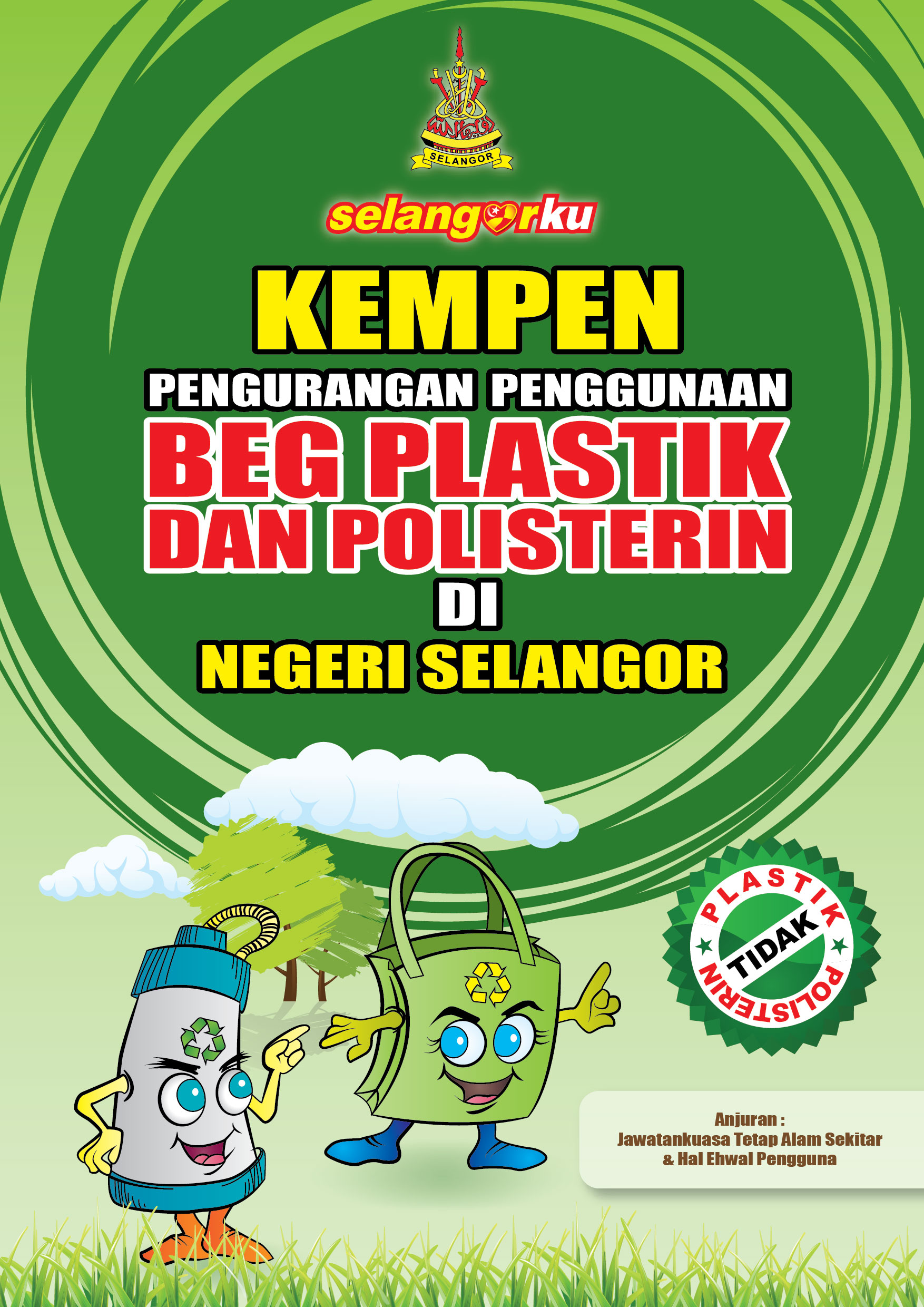What is e-Waste?
The term e-Waste or Waste of Electrical & Electronic Equipment (WEEE) covers all types of Electrical & Electronic Equipment (EEE) that have been discarded.
Mobile e-Waste specifically refers to any waste generated from SIM-based devices such as feature phones, smartphones, tablets & phablets along with chargers & accessories.
Mobile devices have to be properly disposed when they are no longer in use. The materials are not biodegradable & contain hazardous components that could harm your health & pollute the environment.
Through proper recycling process, over 90% of the materials used in mobile devices & accessories can be recovered.
Extended Producer Responsibility
In addressing the e-waste issues, Malaysia will introduce the Extended Producer Responsibility (EPR) programme. EPR is a product and waste management system of which manufacturers are responsible for the environmentally safe management of their products (take-back, recycling and final disposal) when they are no longer useful or discarded.
In order to complement the EPR initiatives in Malaysia, MCMC as the regulator for the communication and multimedia industry has initiated an industry joint recycling programme on discarded mobile devices. Mobile e-Waste: Old Phone, New life is MCMC’s response to the Resolution 79 adopted in World Telecommunication Standardization Assembly (WTSA 12) in November 2012. Resolution 79 invites its Member States to take all necessary measures to handle and control e-waste in order to mitigate the hazards which arise from used telecommunication/ICT equipment.
Source from Resolution 79 WTSA12
Where Can I Find the Mobile e-Waste Collection Box?
The List of Participating Outlets in Mobile e-Waste: Old Phone, New Life:
What Can We Discard in the
Mobile e-Waste Collection Box?
- Unused mobile devices – Whether it’s an old brickphone, outdated smartphone, media player or tablets.
- Unused batteries – Bring in your old or spare batteries that are no longer in use. Conventional batteries such as AA and AAA are not acceptable.
- Unused accessories – Chargers, earbuds, external storage cards and cables are acceptable.



 KUALA LUMPUR – Seorang penyelidik lapangan Sahabat Alam Sekitar (SAM) hari ini mendakwa Kelantan dikenal pasti sebagai negeri paling teruk dalam penjagaan hutan di Malaysia.
KUALA LUMPUR – Seorang penyelidik lapangan Sahabat Alam Sekitar (SAM) hari ini mendakwa Kelantan dikenal pasti sebagai negeri paling teruk dalam penjagaan hutan di Malaysia.




 There will be no major breakthroughs in tackling global crises at Rio+20 but it can still be a success if the leaders can agree to reaffirm old commitments and launch some modest initiatives.
There will be no major breakthroughs in tackling global crises at Rio+20 but it can still be a success if the leaders can agree to reaffirm old commitments and launch some modest initiatives.

